Archives
- 2025-11
- 2025-10
- 2025-09
- 2025-03
- 2025-02
- 2025-01
- 2024-12
- 2024-11
- 2024-10
- 2024-09
- 2024-08
- 2024-07
- 2024-06
- 2024-05
- 2024-04
- 2024-03
- 2024-02
- 2024-01
- 2023-12
- 2023-11
- 2023-10
- 2023-09
- 2023-08
- 2023-06
- 2023-05
- 2023-04
- 2023-03
- 2023-02
- 2023-01
- 2022-12
- 2022-11
- 2022-10
- 2022-09
- 2022-08
- 2022-07
- 2022-06
- 2022-05
- 2022-04
- 2022-03
- 2022-02
- 2022-01
- 2021-12
- 2021-11
- 2021-10
- 2021-09
- 2021-08
- 2021-07
- 2021-06
- 2021-05
- 2021-04
- 2021-03
- 2021-02
- 2021-01
- 2020-12
- 2020-11
- 2020-10
- 2020-09
- 2020-08
- 2020-07
- 2020-06
- 2020-05
- 2020-04
- 2020-03
- 2020-02
- 2020-01
- 2019-12
- 2019-11
- 2019-10
- 2019-09
- 2019-08
- 2019-07
- 2019-06
- 2019-05
- 2019-04
- 2018-11
- 2018-10
- 2018-07
-
ceramide kinase The indirect effect of corporate taxation as
2023-08-25
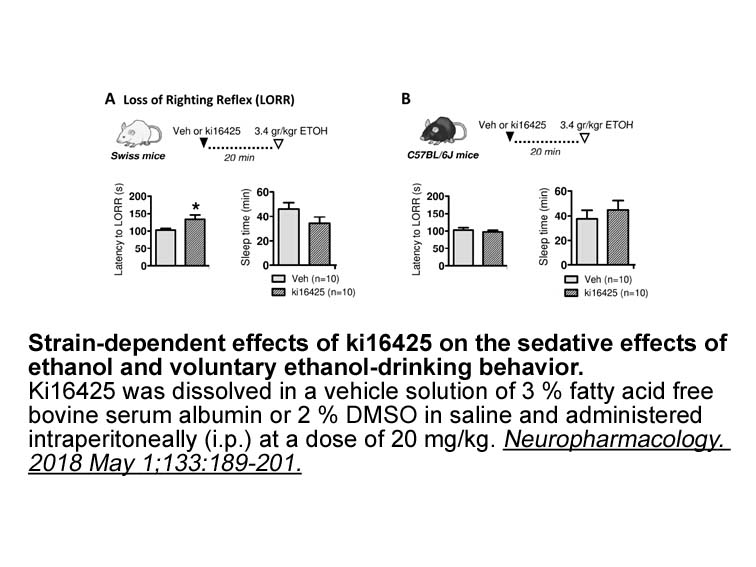
The indirect effect of corporate taxation, as given by the second term in Eq. (18), consists of two elements; (i) a standard ceramide kinase effect (τ/n2), and (ii) a capital cost effect (rG(1−αt)/(1−t)). With a CRS technology, the cost effect vanishes, whereas with an IRS (a DRS) technology the co
-
Subsequently Palvimaki et al corroborated Ni and Miledi s st
2023-08-25
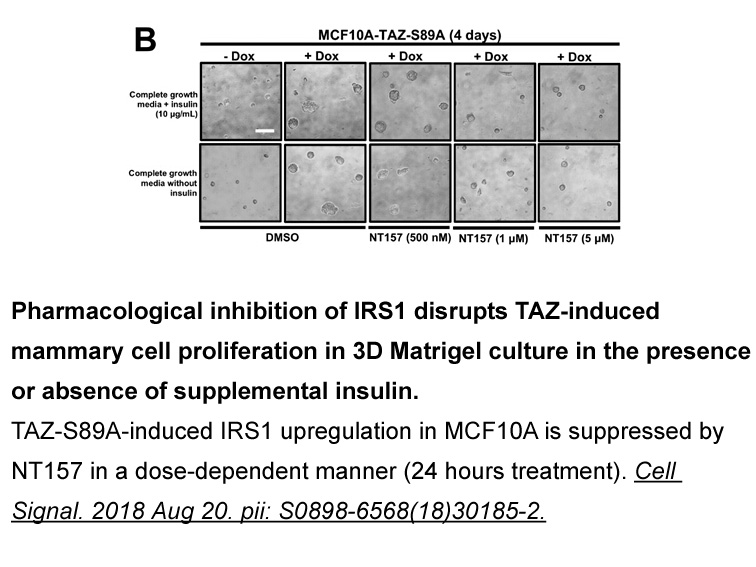
Subsequently, Palvimaki et al. (1999) corroborated Ni and Miledi's study by demonstrating that treatment with fluoxetine leads to 43% occupancy of the 5-HT2C receptors. Moreover, the affinity of fluoxetine for 5HT2C receptors (Ki 65 nM) is close to its affinity for 5-HT transporters (Ki 33 nM) (Ni a
-
Physiological total plasma LPA levels are normally less than
2023-08-25
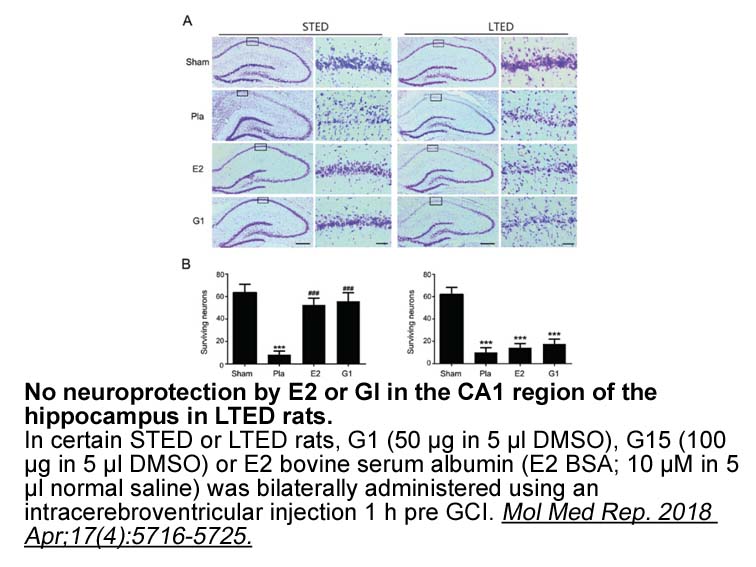
Physiological total plasma LPA levels are normally less than 1μM in healthy subjects. LPA levels have been reported to be increased in malignant effusions or plasma in cancer patients [20]. In addition, increasing ATX activity detected in healthy pregnant women in the third trimester of pregnancy ex
-
As cytosolic acetyl CoA levels in hepatocytes descend cellul
2023-08-25
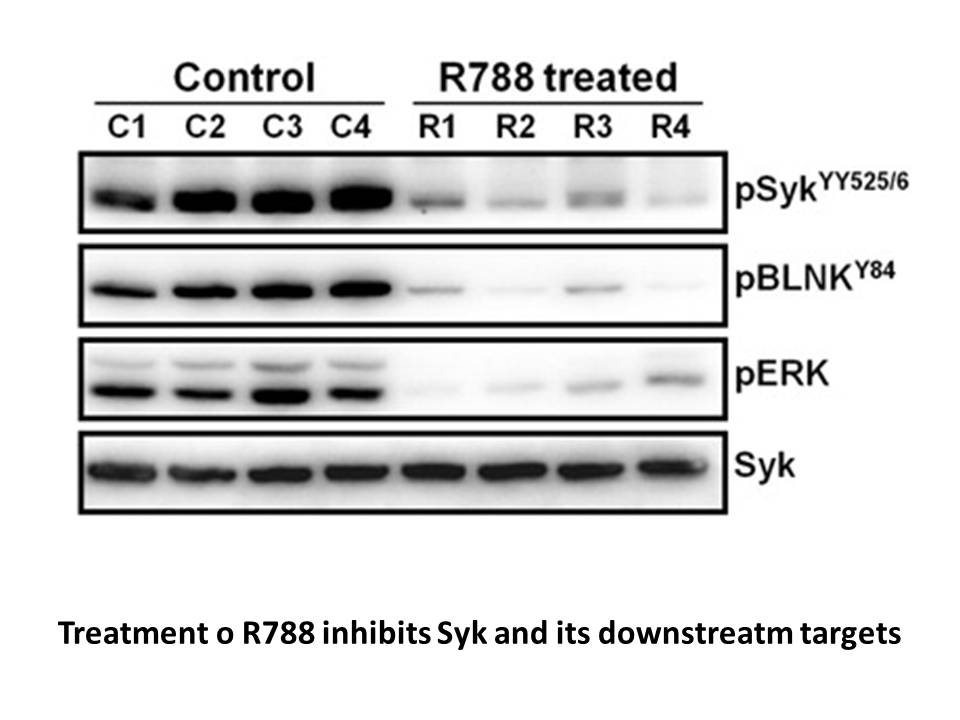
As cytosolic acetyl-CoA levels in hepatocytes descend, cellular production and concentration of cholesterol go down, a change that is known to be sensed by the Sterol response element binding protein (SREBP)/Cleavage-Activating Protein system, leading to SREBP escort to the Golgi apparatus, cleavage
-
br Discussion br Acknowledgments Writing of
2023-08-25
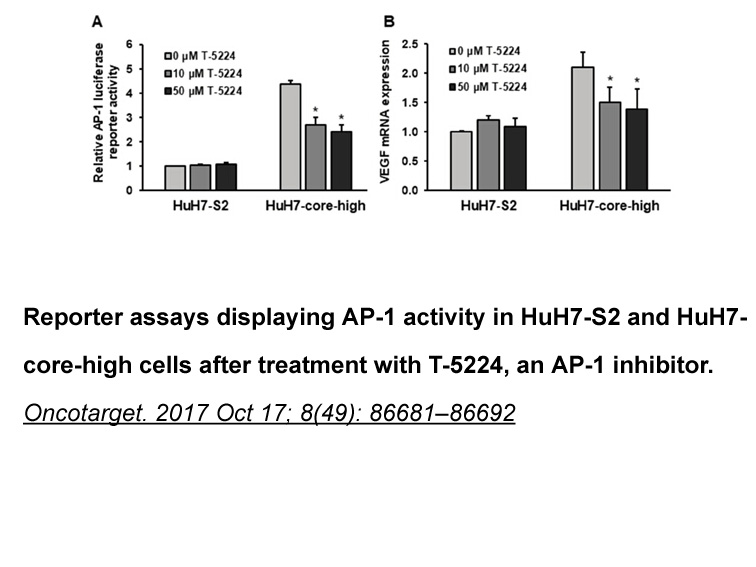
Discussion Acknowledgments Writing of this review and collection of data from our laboratories that are presented were supported by a grant from the Belgian Science Policy (BELSPO) SSTC Interuniversity Attraction Poles Plastoscine P7/17 to AVDL and JB, multiple grants from the Fund for Scienti
-
In previous years evidence emerged that inferred secondary m
2023-08-25
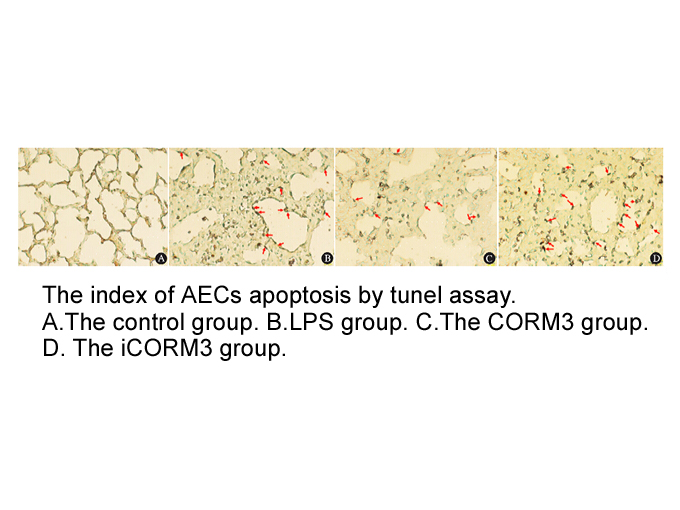
In previous years, evidence emerged that inferred secondary metabolites in plants might exhibit a potential arginase inhibition [36]. In a recent study, Pham and co-workers showed the inhibitory activity of chlorogenic Aliskiren Hemifumarate synthesis (7) and piceatannol (8) (Fig. 3b) on mammalian a
-
In previous years evidence emerged that inferred secondary m
2023-08-25
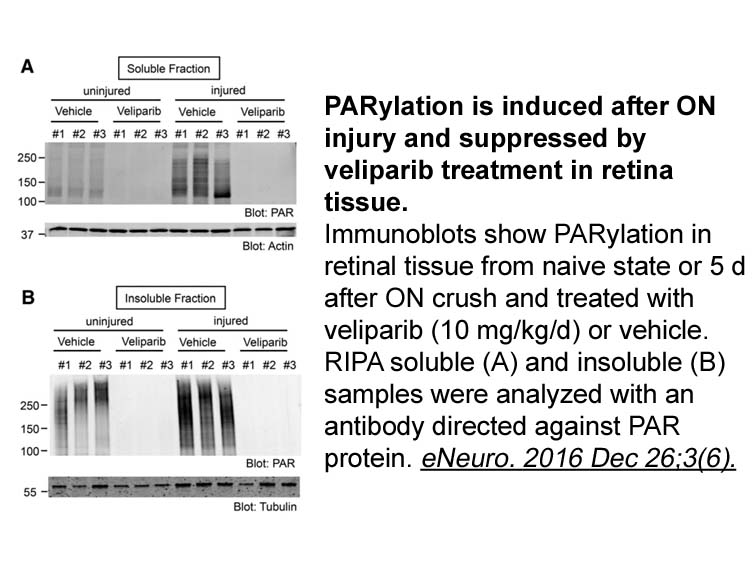
In previous years, evidence emerged that inferred secondary metabolites in plants might exhibit a potential arginase inhibition [36]. In a recent study, Pham and co-workers showed the inhibitory activity of chlorogenic cyp450 inhibitors (7) and piceatannol (8) (Fig. 3b) on mammalian arginase with I
-
It has been demonstrated that the hallmarks of
2023-08-25
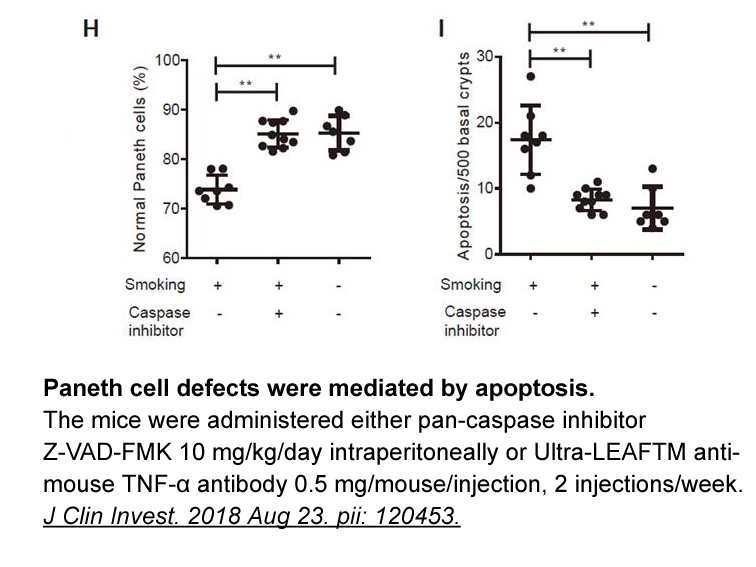
It has been demonstrated that the hallmarks of pulmonary fibrosis are a loss of endothelial function and subsequent activation of the immune system, which is considered as a direct outcome affected by intracellular pro-inflammatory responses [26]. Thus, inhibition of early inflammation could be an i
-
br Acknowledgements We thank the National Natural
2023-08-25
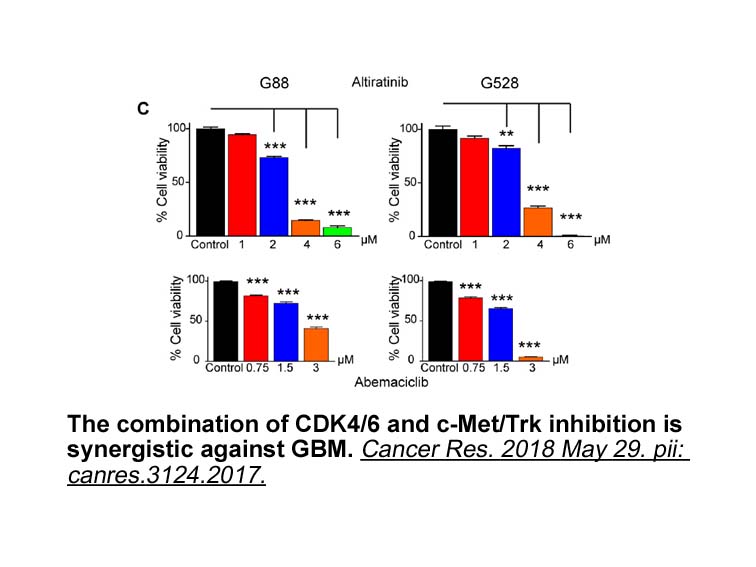
Acknowledgements We thank the National Natural Science Foundation of China (41576156), Shandong Province Science and Technology Development Plan (2015GSF121045), Yantai Science and Technology Development Plan (2015ZH078), and the Public Science and Technology Research Funds Projects of Ocean (No.
-
For all three fluorescent dyes used
2023-08-25
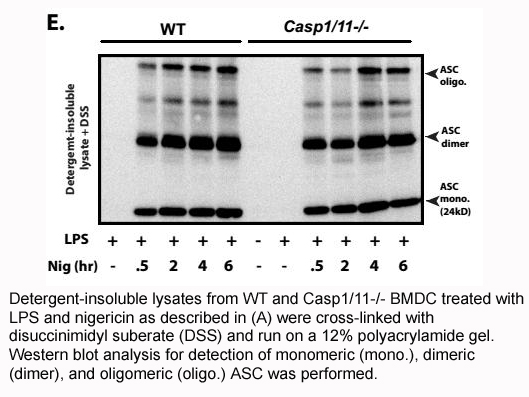
For all three fluorescent dyes used, the double-labeled UQ-bodies showed higher antigen responses. A plausible mechanism for the higher quenching observed for the double-labeled UQ-bodies is the dye-dye quenching due to H-dimer formation [19] between the two dyes introduced into the Fd and L chains.
-
br Concluding Remarks and Future Perspectives The collective
2023-08-25
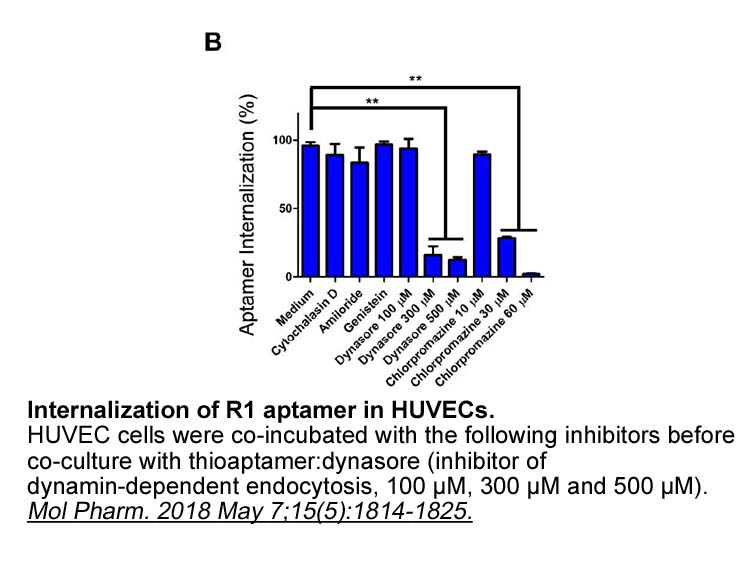
Concluding Remarks and Future Perspectives The collective evidence from studies detailing the functions of AMPK in the neuromuscular system, combined with those in DMD, SMA, and DM1 surveyed in the present review, strongly suggests that AMPK is a central mediator of neuromuscular determination, m
-
Linagliptin is a recently approved dipeptidyl peptidase DPP
2023-08-25
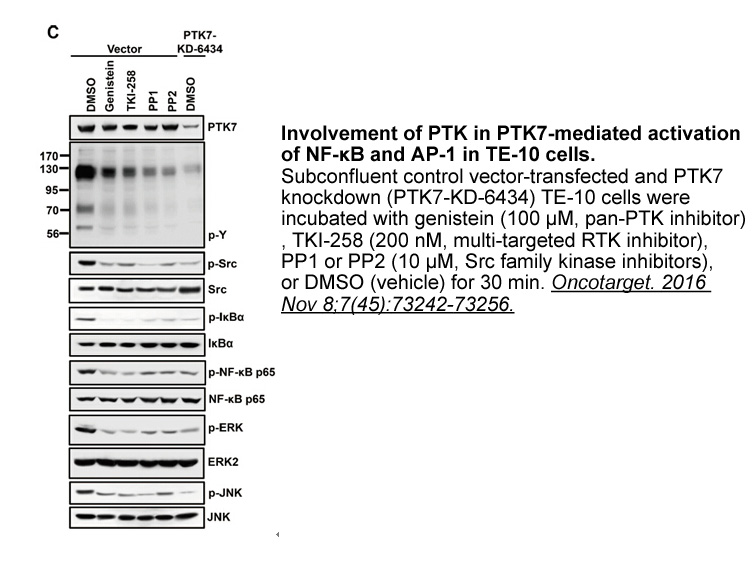
Linagliptin is a recently approved dipeptidyl peptidase-4 (DPP-4) inhibitor and widely considered as first-line treatment for patients with type 2 diabetes. DPP-4 is responsible for the inactivation of incretin hormones, such as glucagon-like peptide 1 (GLP-1). GLP-1 is released by the intestine aft
-
Initially DPP DPP and prolyl tripeptidyl peptidase A
2023-08-25
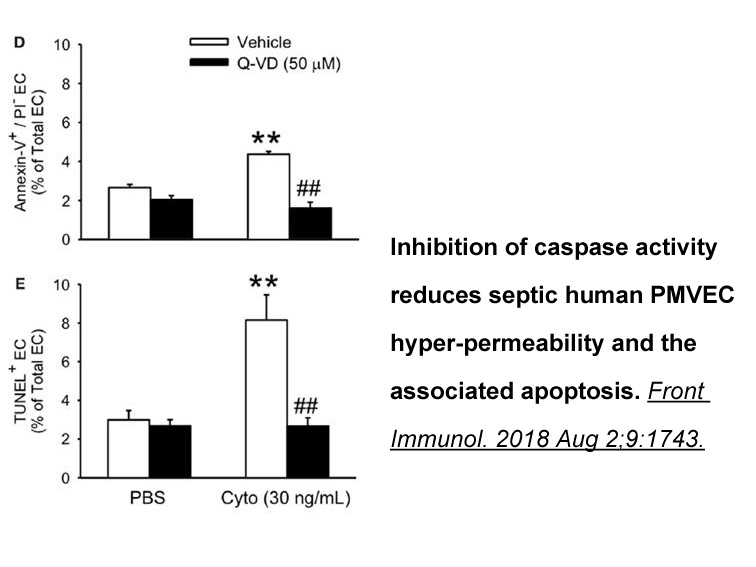
Initially, DPP4, DPP7, and prolyl tripeptidyl peptidase A (PtpA) were the only exopeptidases identified in P. gingivalis. These share substrates according to their altered specificities, as DPP4 is highly specific for Pro at the penultimate position from the N-terminus (P1 position), though it accep
-
br Acknowledgments br Introduction Within the classical
2023-08-24
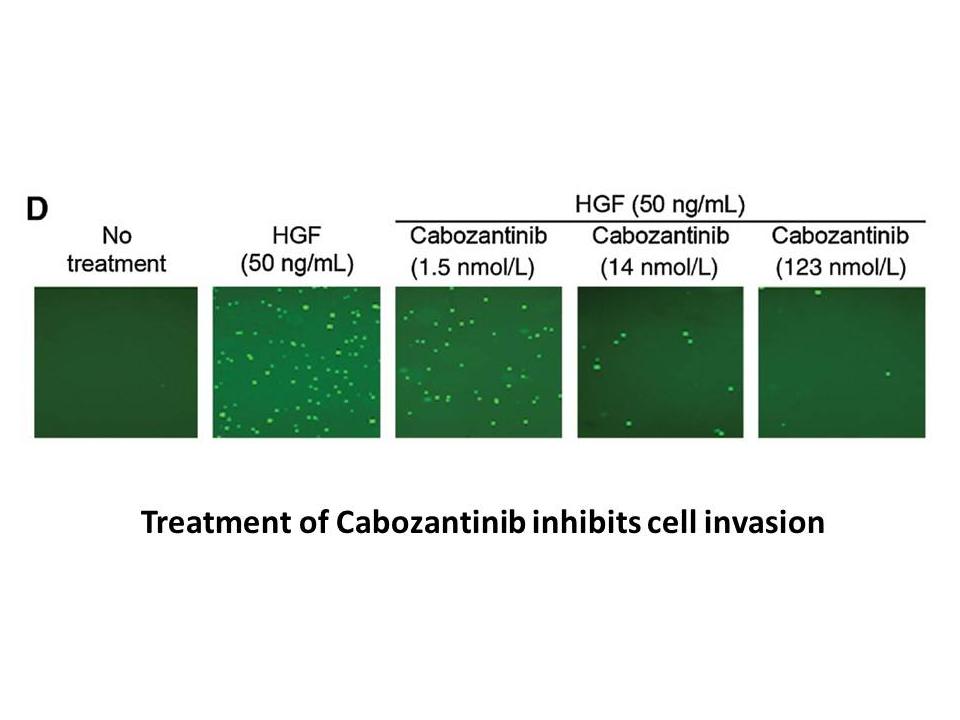
Acknowledgments Introduction Within the classical secretory pathway, transmembrane and soluble cargos travel via the endoplasmic reticulum (ER) and Golgi apparatus en route to their final destinations [1]. However, at a post-Golgi level, trafficking routes can diverge. In this context, the tra
-
br Materials and methods br
2023-08-24
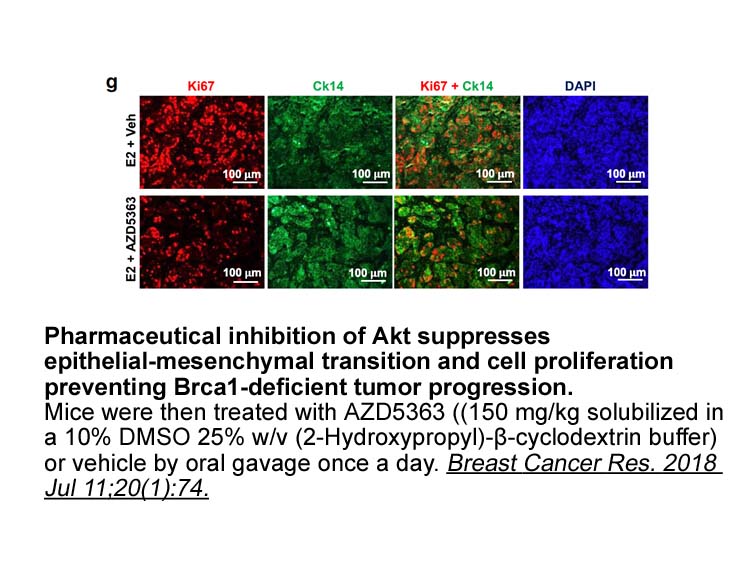
Materials and methods Results Discussion More experiments were performed in order to explain the mechanism that is involved in LDN193189 death both PC3 and Hep G2 cells using compound 5. Results showed that this compound inhibits cell viability inducing apoptosis in a concentration-dependen
15822 records 293/1055 page Previous Next First page 上5页 291292293294295 下5页 Last page